11 Top Key Performance Indicators (KPIs) of Successful Firms
KPI #3 – PROFITABILITY
Most managers or principals are interested in this metric at the firm-wide level by looking at a Profit and Loss Statement. There, income received is compared against expenses incurred and the resulting difference is the profit, assuming it is positive number. If it’s a negative number, the firm is showing a loss (i.e., spending more money than it is bringing in).
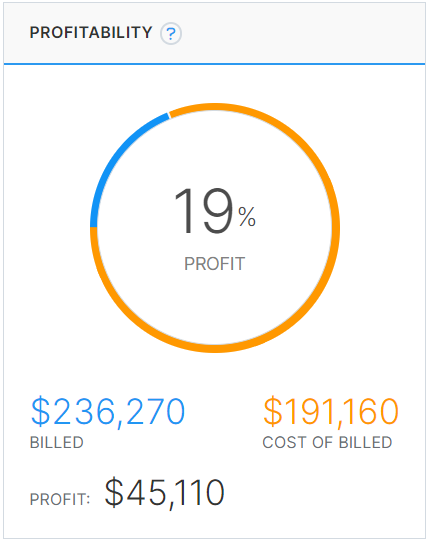
Profitability is how firms can determine whether a project was worth the investment of time and resources. It helps firms decide how to prioritize projects and learn from past mistakes.
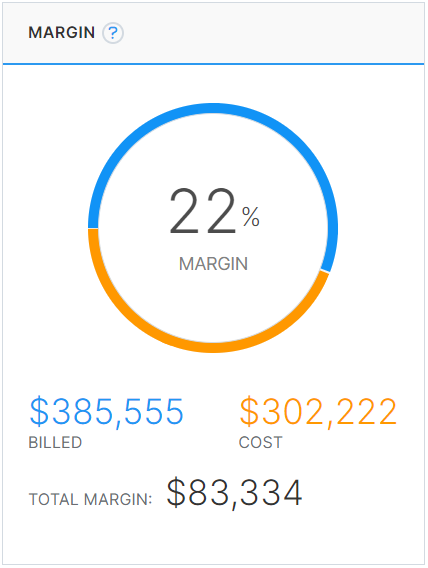
The Profitability KPI applies directly to projects too, since a firm’s overall profit margin is dependent mostly on how profitable each project is. Software can generate reports to show the total value of invoices compared to the money spent through labor and expenses on a project to earn that income. Running regular reports on project profitability is helpful in identifying problems and prioritization of efforts. This KPI can be looked at down to the phase level as well, assuming the billing and time tracking are tied to specific project phases. This helps in understanding which phases of a firm’s projects are the most profitable and can lead to developing better contracts and fee proposals.
Monitoring project profitability alerts firm principals if it is below expectations and look for reasons causing that. This might include “scope creep” where the project work becomes more complex or requires more services than originally planned without a corresponding increase in fees. That might suggest that the fee proposal was insufficient or that the contract type wasn’t set up appropriately to allow for such additional work. It could also be due to low employee utilization which means project efficiency might be suffering.
Profitability can also be measured at the employee level if all employees accurately report their time allocation throughout the day. This reinforces the notion that time is the most fundamental piece of information that leads to a true understanding of a firm’s financial health. Reports can be run for any time period in this regard. Perhaps there is a need to see how each employee is faring over the past quarter or the current year to date. It can also be useful to compare prior periods to see if there is improvement in the direction of any employee’s profitability. Knowing what it costs to have an employee working at a firm compared to the revenue realized by that employee can play into the decision-making process for issuing individual bonuses where applicable.
KPI #4 – EARNED VALUE
To know where a project stands in terms of budget and schedule over time the KPI of Earned Value is particularly useful. The information that is used to generate this KPI comes from looking at all the time and expenses for the project plus all the invoices which represent the financial value. When projects are properly managed and have a basic budget and schedule, managers can get the information to compare past performance and forecast into the future. But the true benefit of Earned Value is to compare a project plan with its actual performance.
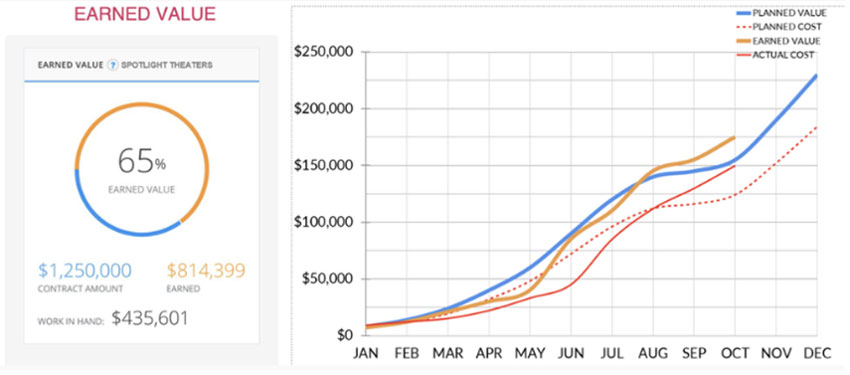
Earned value (EV) helps firms determine how a project is performing in terms of its budget and schedule. Earned value offers the best measure of progress as it measures the value of the work that has been completed at any point in time.
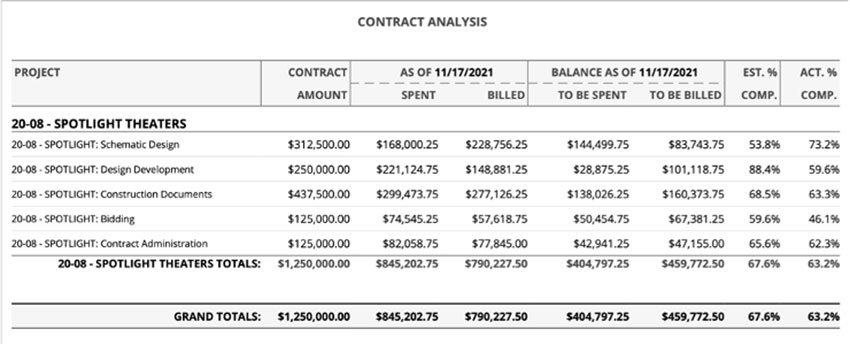
In this Estimated versus Actual Complete report, broken down by project phases, the contract amounts and the spent and billed amounts are shown. In this case, the client has been invoiced for 63.2% of the contract while earned value is at 67.6%, so billing is behind. Nonetheless, in the Schematic Design phase, the client was billed 73.2% of the scheduled fee but 53.8% of the effort was needed, indicating a profitable situation.
When represented on a graph, the planned, accumulated value of a project over time (i.e., monthly) can be plotted as it is expected to move through the various phases per the project schedule up to the full contract value. Some months may be expected to earn more value (i.e., billings) than others due to variations in the amount of work during or between project phases. Concurrently, the planned costs to the firm of producing that project can be plotted across the same time frame, presumably showing lower numbers for cost than for the billed value to realize some profit. With this as a stated backdrop, the actual costs and actual earned values can be added in as the project progresses.
Comparing the actual versus the planned numbers can be revealing to project managers and firm principals. If the Earned Value is less than the planned value, then that may indicate something is preventing the work from getting done as scheduled. That could be an internal overload of other project work that employees need to spend time on, or it could be an external factor such as a delay from the client or a contractor. Conversely, if the actual earned value is higher than the planned earned value, then that suggests things are moving faster than planned and fees are being earned ahead of schedule. At the same time, the costs can be compared. If the actual costs are more than planned or are approaching the earned value, then profitability is suffering. If they are tracking the planned costs or at least staying comfortably away from the earned value, then some profitability is being realized. That might mean some less costly employees are working on the project or that it is being managed efficiently to keep costs in check.
As the information is updated, it is also useful to see where the project stands at the most current point in time. Expressed as a percentage, it is good to know how much of the contract amount has been earned compared to the total amount of the contract. The remaining amount left to earn can be referred to as “work in hand” in the contract. This keeps managers informed as to the financial progress of a project so they can assess the resources they need to complete the project as planned.
KPI #5 – ESTIMATED VERSUS ACTUAL COMPLETE
In most firms, projects are broken into phases with corresponding percentages of the overall contract fee and cost allocated towards each phase. By keeping track of the actual amounts spent and billed in each phase, those numbers can be compared to the estimated (i.e., allocated) amounts. Comparing those numbers reveals which phases are showing greatest efficiency and profit compared to those that are exhibiting losses. For projects with a fixed fee contract, this KPI can reveal when there are big wins in profitability that can come about through efficient work and good project management. Of course, if clients are just being billed hourly, then the fixed profit margin that is built into an hourly rate should be all that is realized.
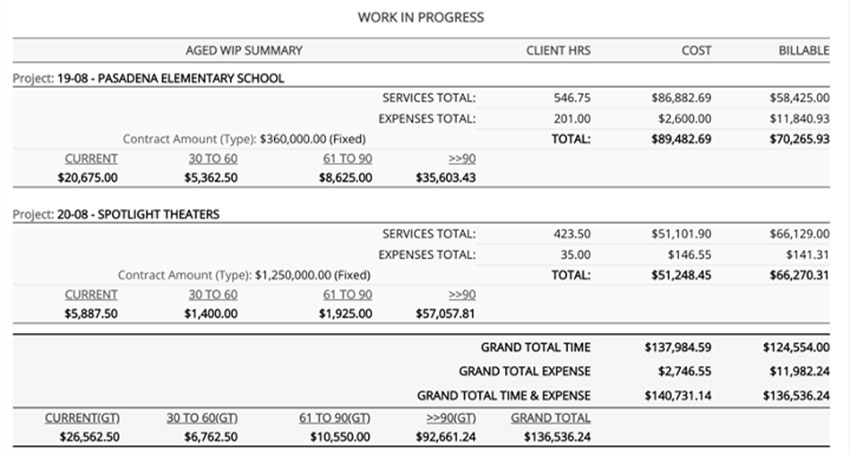
This report is looking at two projects which have a significant amount of WIP that is greater than 90 days. This is the kind of report that would have any firm stop in its tracks and figure out what has gone wrong here.

This report shows that this project has remained profitable through all of the different phases and, at the time it was run, was producing a Project Cost Multiplier of 1.3 or a 30 percent profit overall. Monitoring the project cost multiplier for the project and each individual phase provides insights into the profit margins garnered at various stages of the work.
Tracking and paying attention to the KPI of Estimated vs. Actual Complete is especially helpful since many firms find themselves overspending on the early design phases with the hope of making back that money during later phases such as construction documents. Instead of making this assumption, a firm should really look at the data to improve proposals and budgeting, so they better reflect reality. For example, it has been common for many firms to allocate 40 percent of their fees towards construction documents. However, with the advent of CAD and BIM technologies, firms are seeing that more value is being delivered earlier in the project. Therefore, they should reflect this in their fees. Following the health analogy, a firm is like a human body that needs to be fed properly through different physical activities, not starve it with the hope of a big meal at the end.









